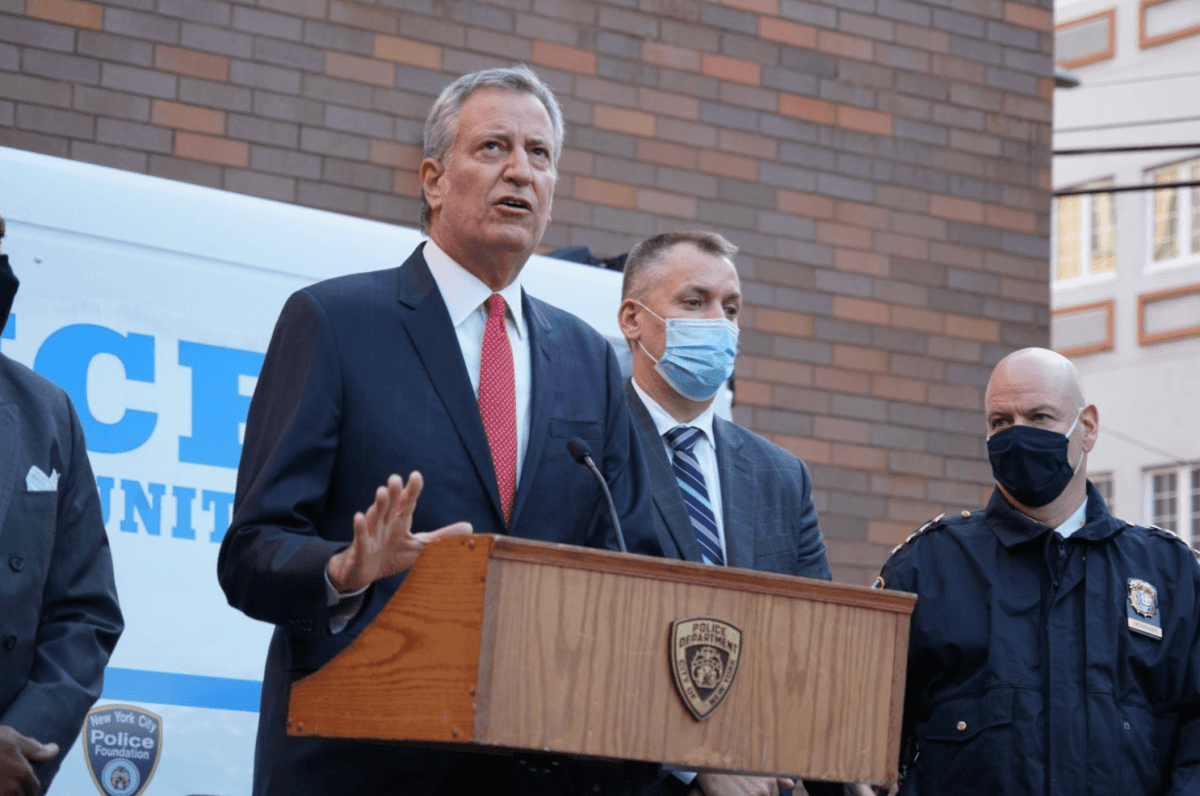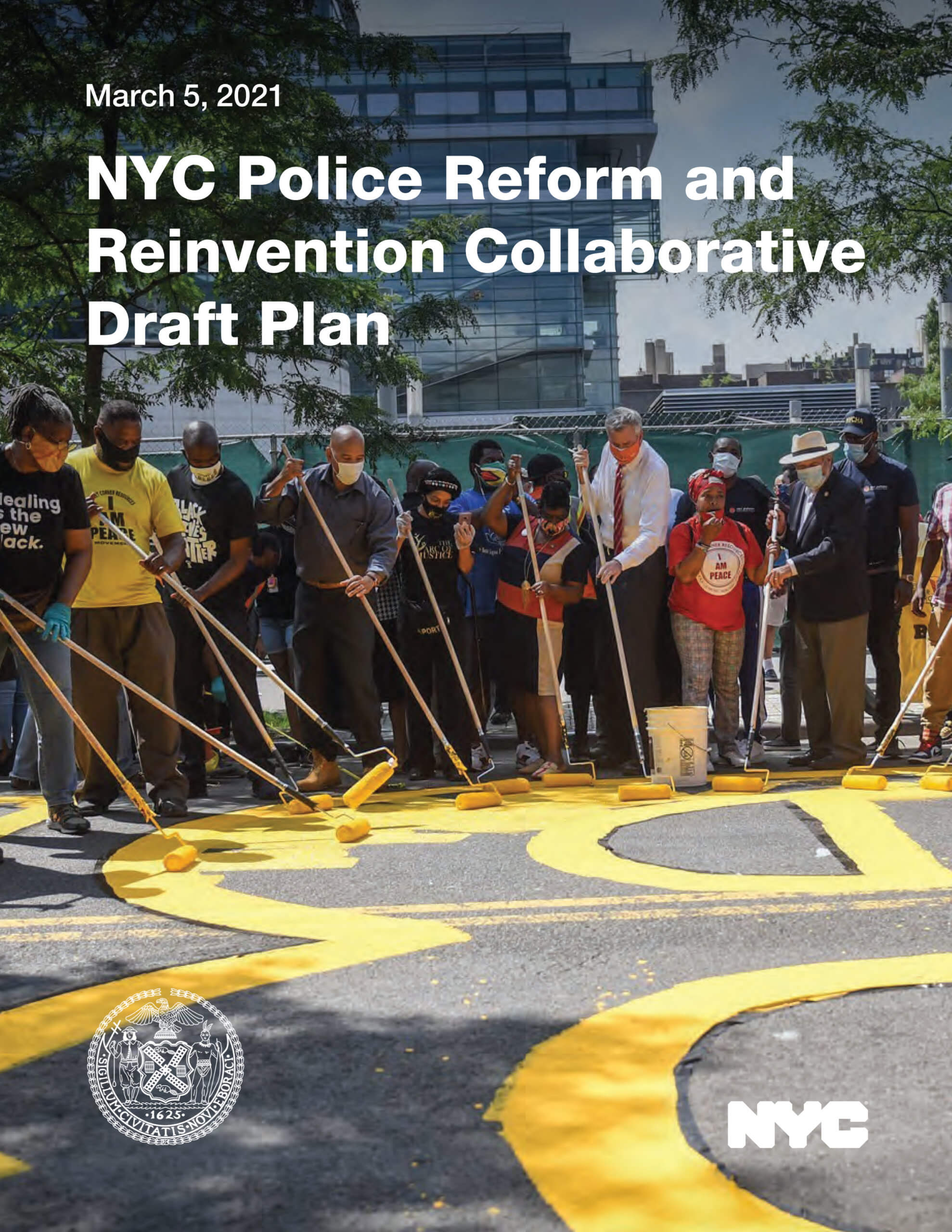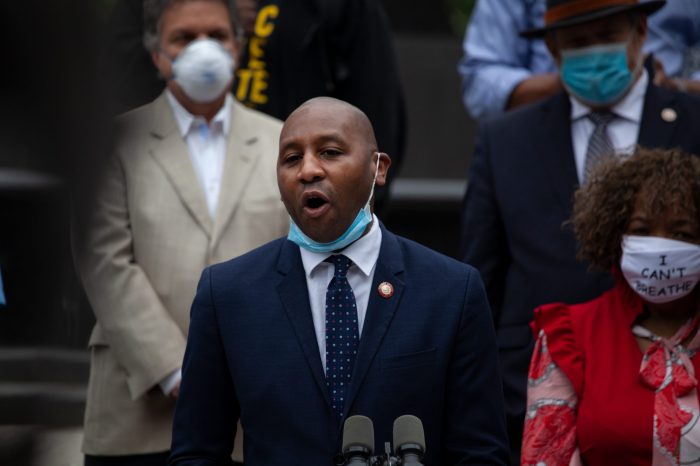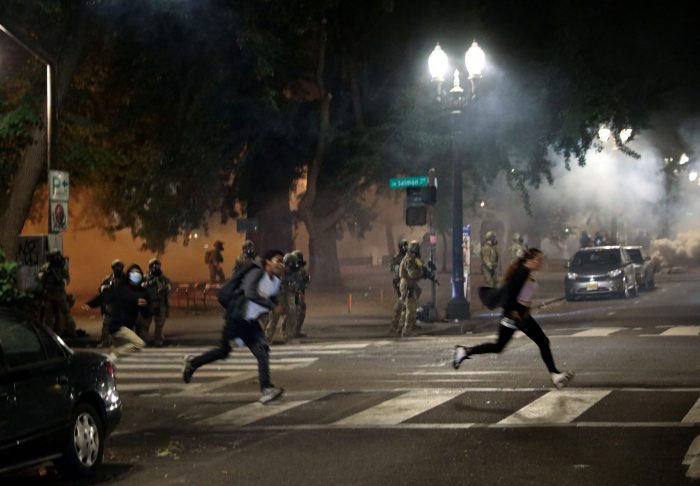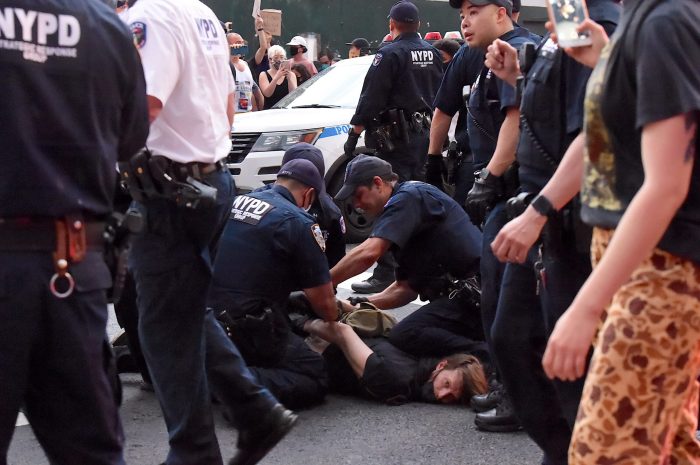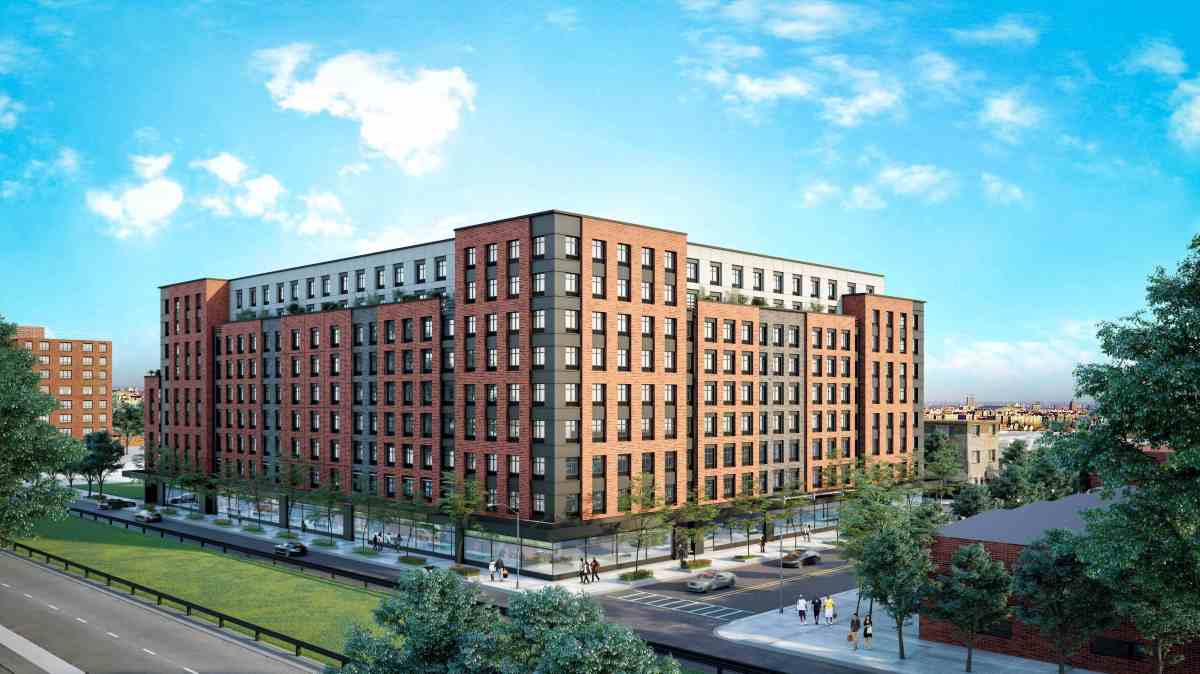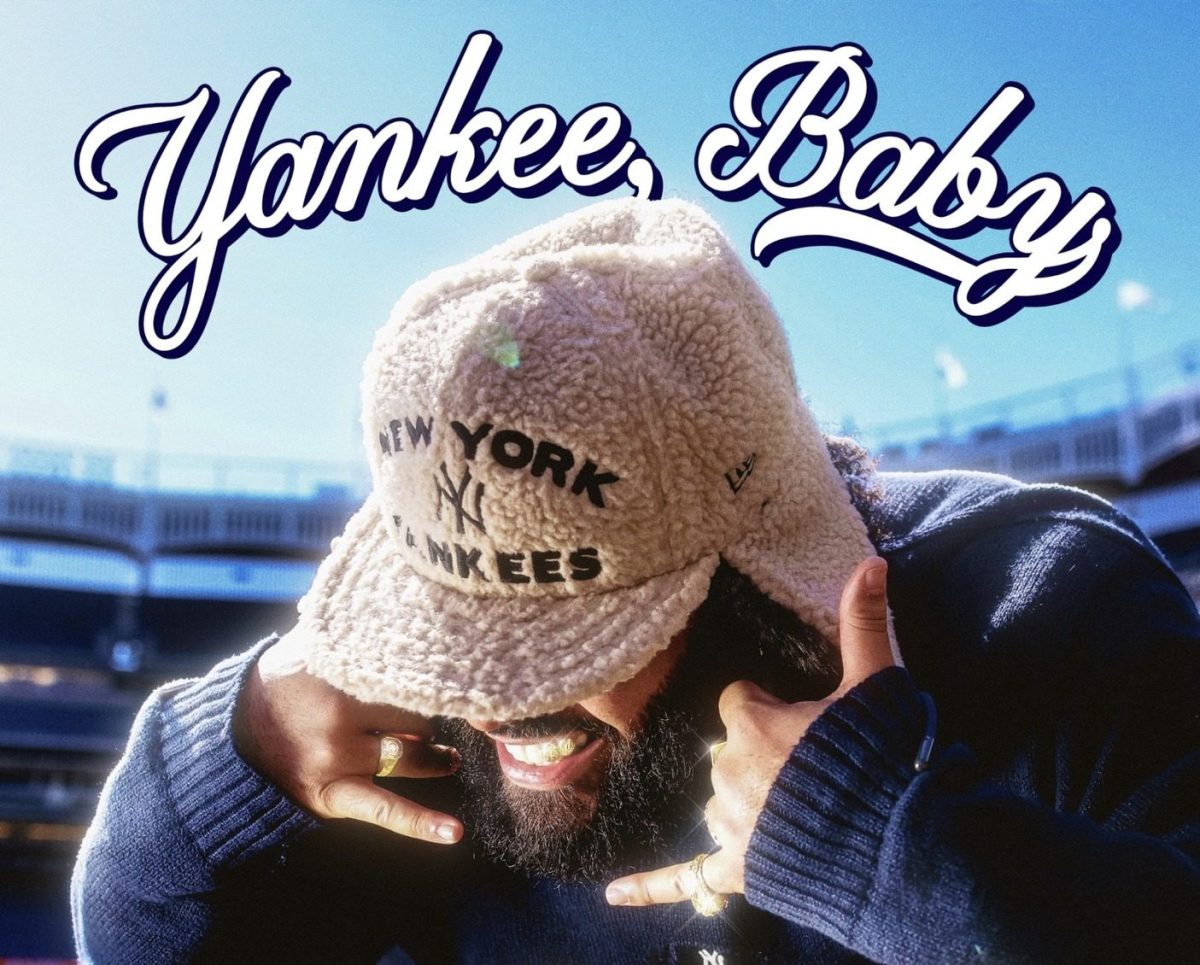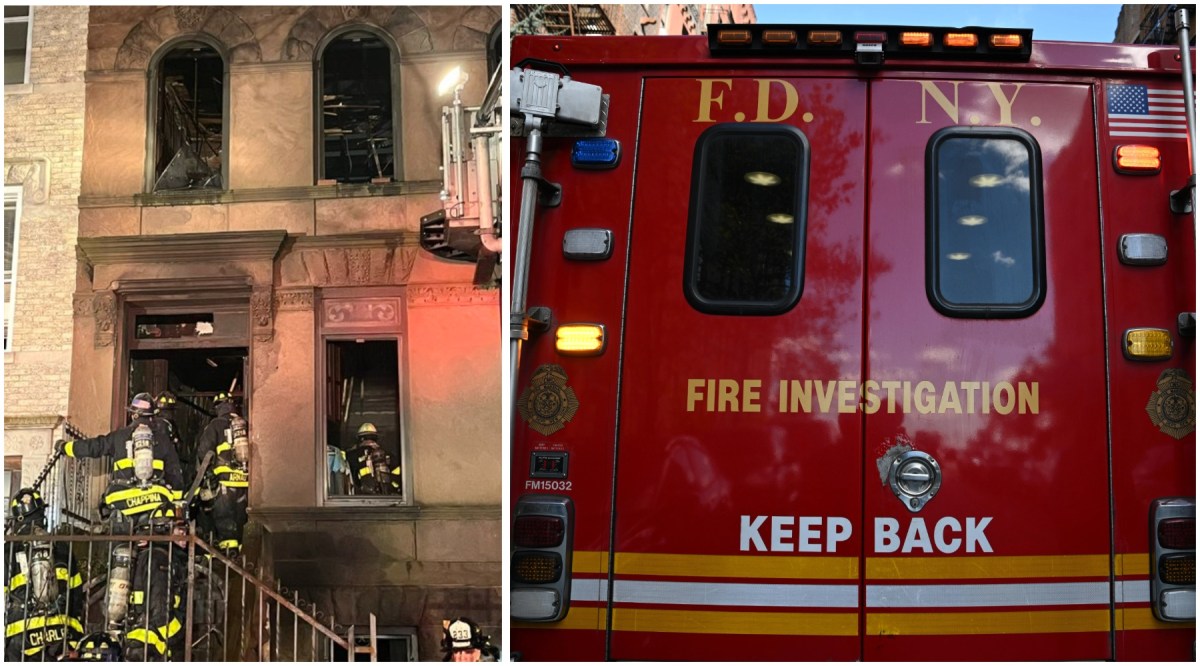Less than a month before the governor’s April 1 deadline, Mayor Bill de Blasio revealed Friday a comprehensive police reform plan that aims to eradicate a legacy of “racialized policing” at the NYPD.
The New York City Police Reform and Reinvention Collaborative draft plan includes 36 initiatives designed to make the NYPD more transparent, accountable and effective. According to the mayor, it seeks to institute changes that make the NYPD better reflect the values and diversity of New York, while also decriminalizing poverty and putting an end to institutional racism within the department.
The plan comes with the clock ticking on an April 1 deadline that Governor Andrew Cuomo ordered last summer which requires New York City and all localities within the state to create, pass and enact a police reform program. The order came amid protests calling for an end to racial injustice and police brutality following the May 25, 2020 death of George Floyd at the hands of police in Minneapolis — and Cuomo has threatened to withhold state funding for any locality that doesn’t comply with the order.
The city’s plan will move into a public comment period, and de Blasio indicated it would likely be tweaked based on the input received. The plan will then be presented to the City Council for approval. It’s unclear how long this process will take.
In announcing the new reform plan on March 5, de Blasio said it would further enhance his administration’s efforts over the past seven years to bring about comprehensive change at the NYPD.
“When I took office, I vowed to reform a broken stop-and-frisk policy — both to protect the dignity and rights of young men of color, and to give our brave police officers the partnership they need to continue their success in driving down crime,” de Blasio said “There were so many who said it couldn’t be done, but we proved them wrong. Now we must go further to confront the harmful legacy of racialized policing. These reforms will restore trust and accountability to create a police force that reflects the communities they serve — all while keeping New York City the safest big city in America.”
‘We have to acknowledge this truth’
The report includes remarks from Police Commissioner Dermot Shea, who offered an apology for the NYPD’s past history involving racially-motivated injustice and police brutality — and vowed that it will no longer be tolerated.
“As I said in a recent speech to community leaders in Harlem, there is a history in this country that goes back hundreds of years involving the enforcement of unjust laws and racist policies of society,” Shea said. “Police have been an inexorable part of that history. We have to acknowledge this truth — and I do. And we must acknowledge the NYPD’s historical role in the mistreatment of communities of color. I am sorry. Our challenge today is to ensure that we will not participate in, or tolerate, any further inequality or injustice. We have engaged in years of steady reform, and we must continue.”
The 36 proposals in the March 5 plan were developed, in part, through the input received from “hundreds of residents of neighborhoods” throughout the city from diverse backgrounds and communities. Uniform and civilian members of the NYPD also participated in meetings with community members to hear their voices and ideas for change.
Inside the plan
The New York City Police Reform and Reinvention Collaborative tackles five main objectives for the city and NYPD: Transparency and accountability; Community representation and partnership; Recognition and continued examination of historical and modern-day racialized policing in New York City; Decriminalization of poverty; and Establishing a diverse, resilient and supportive NYPD.
The NYPD took a big step in increasing transparency and accountability on March 4, when a Civilian Complaint Review Board database went online. It provides the disciplinary information for thousands of NYPD officers dating back the last several years.
The plan seeks to further strengthen the CCRB’s oversight over the NYPD by consolidating it with the NYPD Office of Inspector General and the Commission to Combat Police Corruption. The city will also seek support of state legislation that would allow the CCRB access to sealed Police Department records for investigations.
Efforts to rebuild the public trust between the NYPD and the communities it serves, under the plan, involving instituting greater interaction between residents and the department.
The proposal calls for the NYPD to provide direct community participation in the selection of precinct commanders; expanding the People’s Police Academy, which educates participants on NYPD training; boosting feedback from the community through CompStat (the NYPD’s crime-tracking statistic program) and enhanced neighborhood policing; expanding precinct commander advisory councils and youth leadership councils; and more.
As for getting institutional racism out of the NYPD, the plan calls for a cultural change “through policy, training, accountability and transparency” and augmenting racial bias training for NYPD leadership. Ranking NYPD members and community officers would also be required to take part in “comprehensive restorative justice training,” and all NYPD officers will be required to undergo Active Bystandership in Law Enforcement (ABLE) training before the end of 2021.
ABLE aims to break the “blue wall of silence” by encouraging police officers to call out their comrades when they behave inappropriately with the public and/or violate their oath to protect and serve the public.
The plan also seeks to decriminalize poverty by introducing new approaches at the NYPD toward responding to mental health crises. The Mayor’s Office of Criminal Justice will also consolidate crime victim services to support survivors of violence.
As for diversifying the NYPD, the city would seek to recruit officers who better reflect the communities they serve, as well as reforming promotion policies to boost equity and inclusion. Resources will also be dedicated toward better supporting the mental health of police officers.
You can read the entire 187-page report by clicking the photo below.



